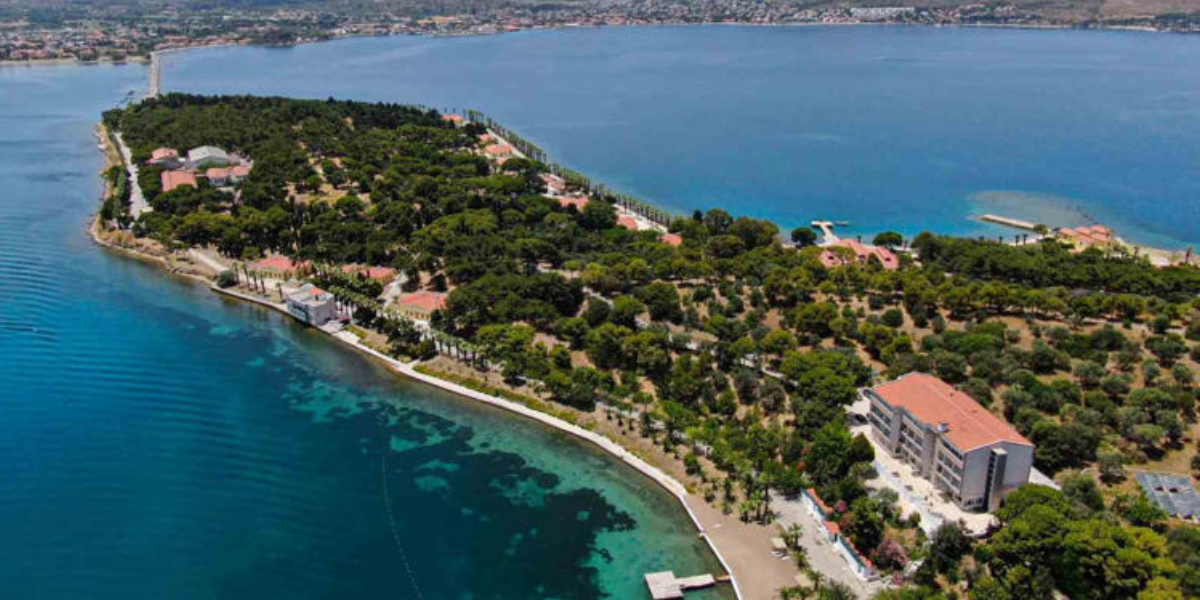
Quarantine Island, which was established during the Ottoman period to prevent infectious diseases, was restored
The Quarantine Island, which was established in Urla district of Izmir during the Ottoman period to prevent infectious diseases, was restored for the first time in 155 years.
Quarantine Island, which started to serve in 1869, was established on an area of 323 acres. Today, the island is protected as a 1st degree archaeological site.
The restoration was carried out by the Ministry of Health, General Directorate of Health of the Turkish Hudut and Coastlines.
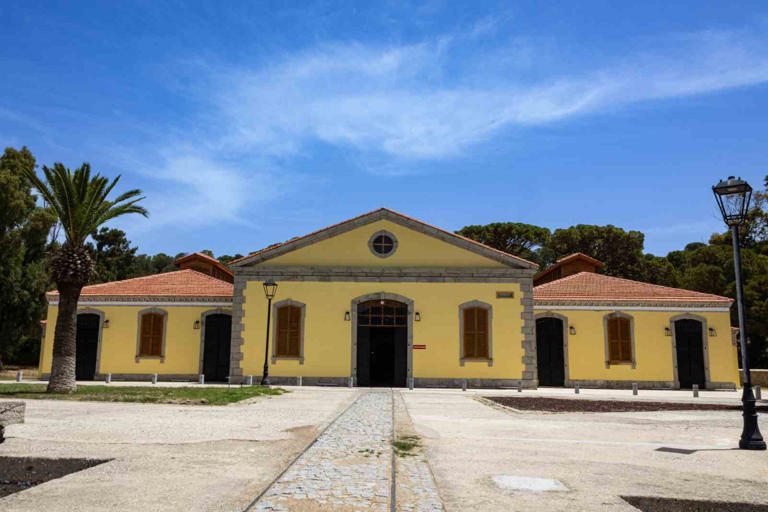
With 20 historic quarantine buildings, Quarantine Island was last used for a while during the coronavirus pandemic.
📣 Our WhatsApp channel is now LIVE! Stay up-to-date with the latest news and updates, just click here to follow us on WhatsApp and never miss a thing!!
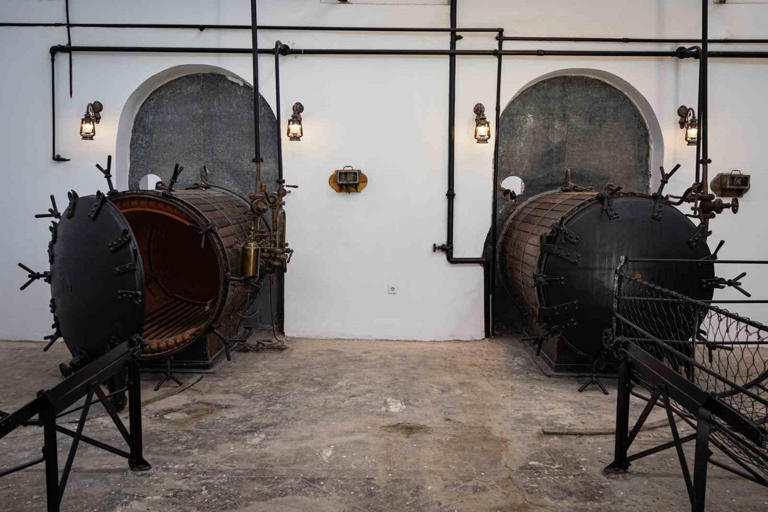
Quarantine Island Director Turgut Yılmaz said that no cement was used in the restoration work.
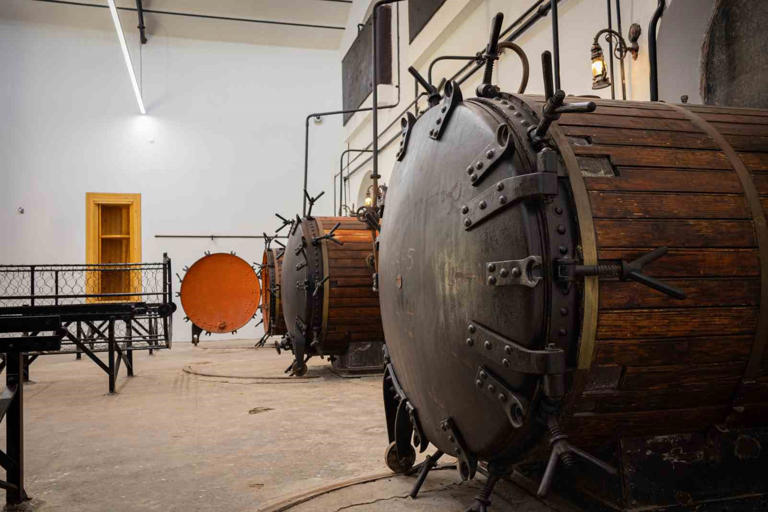
Turgut Yılmaz shared the information that there were around 140 quarantine places in the Ottoman Empire, but this was the first place in the Ottoman Empire for scientific quarantine, “This place is almost a quarantine campus. If a disease breaks out, it is taken to a place of isolation and is not allowed to come into contact with the society until it is cured. In the end, if they wait for the waiting period and do not get sick, they are allowed to enter the city. Those who come here have to be provided with accommodation, because the quarantine period is 10 days. There are wards, a restaurant, a telegraph office, a translation office. There are also people of different nationalities here; so their needs are also met.”
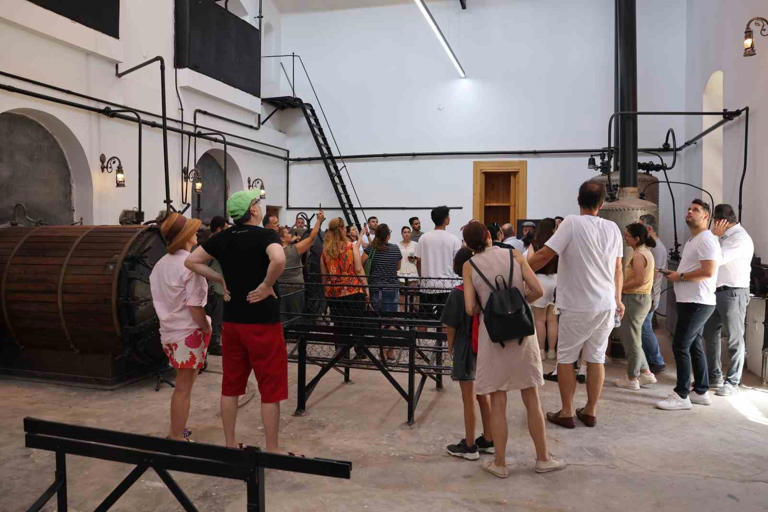
The restoration of Quarantine Island cost about 2.5 million dollars. During 3 years of work, meticulous work was carried out without disturbing the texture of the island.
Cover Photo: IHA
You may also like
- A 1700-year-old statue of Pan unearthed during the excavations at Polyeuktos in İstanbul
- The granary was found in the ancient city of Sebaste, founded by the first Roman emperor Augustus
- Donalar Kale Kapı Rock Tomb or Donalar Rock Tomb
- Theater emerges as works continue in ancient city of Perinthos
- Urartian King Argishti’s bronze shield revealed the name of an unknown country
- The religious center of Lycia, the ancient city of Letoon
- Who were the Luwians?
- A new study brings a fresh perspective on the Anatolian origin of the Indo-European languages
- Perhaps the oldest thermal treatment center in the world, which has been in continuous use for 2000 years -Basilica Therma Roman Bath or King’s Daughter-
- The largest synagogue of the ancient world, located in the ancient city of Sardis, is being restored











Leave a Reply